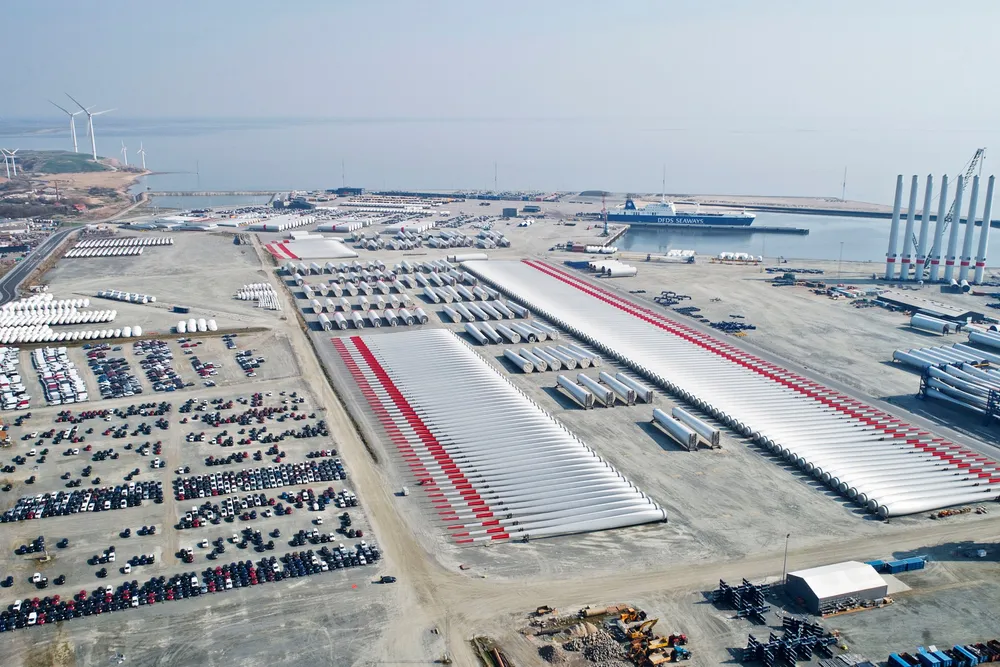Siemens Gamesa shelves major factory plan in new offshore wind blow
Danish industry bodies blame sluggish European energy transition as nacelle facility at Esbjerg put on hold

Industrial growth prospects for Europe’s offshore wind industry took another knock as Siemens Gamesa put a major factory plan in Denmark on hold.
The turbine OEM giant won’t now advance plans for an offshore wind nacelle plant at the Port of Esbjerg, with no date set for the project to move forward, multiple local media outlets reported.
“Like in any other place, we continue to evaluate potential investment opportunities; however, given the current market conditions, any such decision will require greater clarity and stability in the industry.”
'There are too few auctions'
Esjberg is already one of the European wind sector’s key logistics hubs.
“There are too few auctions. When you have an auction, you will have one winner and five losers,” he said. “And that wouldn't be a problem if there were another auction tomorrow... but there's not.
“This industry right now is creating more losers than winners,” said Bank.
“Who wants to invest in an industry that the probability of being a loser is bigger than being a winner?”
Commenting on Siemens Gamesa’s decision, Jan Hylleberg, deputy CEO at renewables industry body Green Power Denmark said: “It’s unfortunate, but it’s a natural consequence of how the situation looks right now... of electrification having stalled.
“When the market slows down so much it has consequences for the industrial value chain in wind,” said Hylleberg.
“The green transition will certainly continue, just at a slower pace than expected, and that’s what the value chains have to adapt to.”
Ranis echoed calls from other analysts and industry groups calling for greater visibility over European project pipelines to underpin costly investments.
"If the vital industrial value chains for wind power expansion are to increase their production capacity, it requires a robust and long-term pipeline for the installation of more wind turbines.
"That plan is missing. DI Energy, together with a number of other organisations, has established a partnership for the long-term offshore wind expansion in Denmark, which will, at the beginning of 2026, present recommendations for what it could look like," he said.
The outlook for wind at sea has darkened in Europe amid persistent cost and supply chain challenges, with some nations reducing targets, projects cancelling and auctions misfiring.